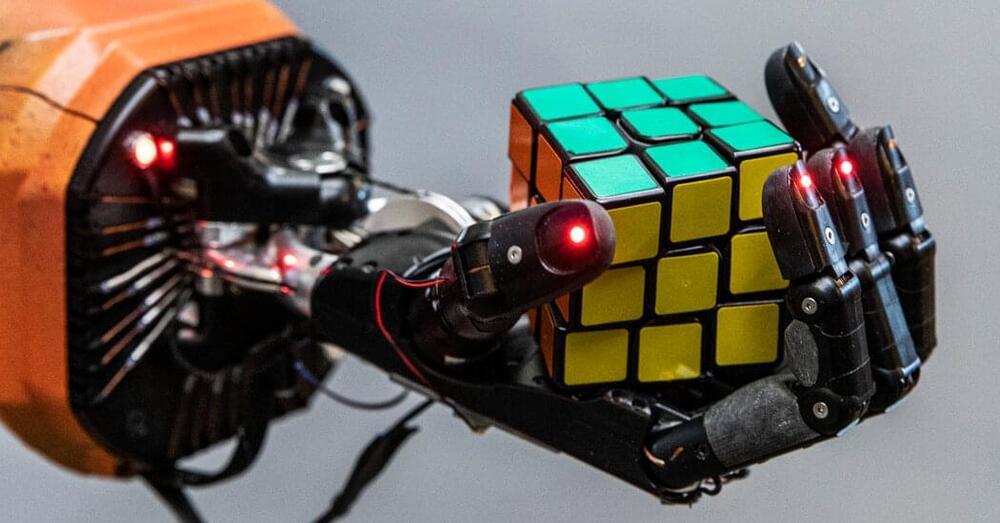Recommended:
This is the first fully integrated full stack test flight of Starship and the mighty Super Heavy booster. At lift off, it will become the largest and most most powerful rocket to ever fly producing over twice as much thrust as the Saturn V that took humans to the moon.
The goal of the test is to get as far along in the mission as possible with a handful of important goals such as; clearing the launch pad, reaching max Q, getting to stage separation, ignition of Starship, burn Starship’s engines for 7 minutes and 20 seconds which would get Starship up to nearly orbital velocities and would place Starship on a suborbital trajectory that will cause it to reenter just north of Hawaii. This would allow the teams to test the reentry profile and heat shields for the first time from orbital velocities.
Want more information? Check out our Prelaunch Preview written by Austin Desisto — https://everydayastronaut.com/starship-superheavy-orbital-flight-test/
Want to know where to watch this live? I made a video on how to visit Starbase and where to watch a launch from — https://youtu.be/aWvHrih-Juk.



